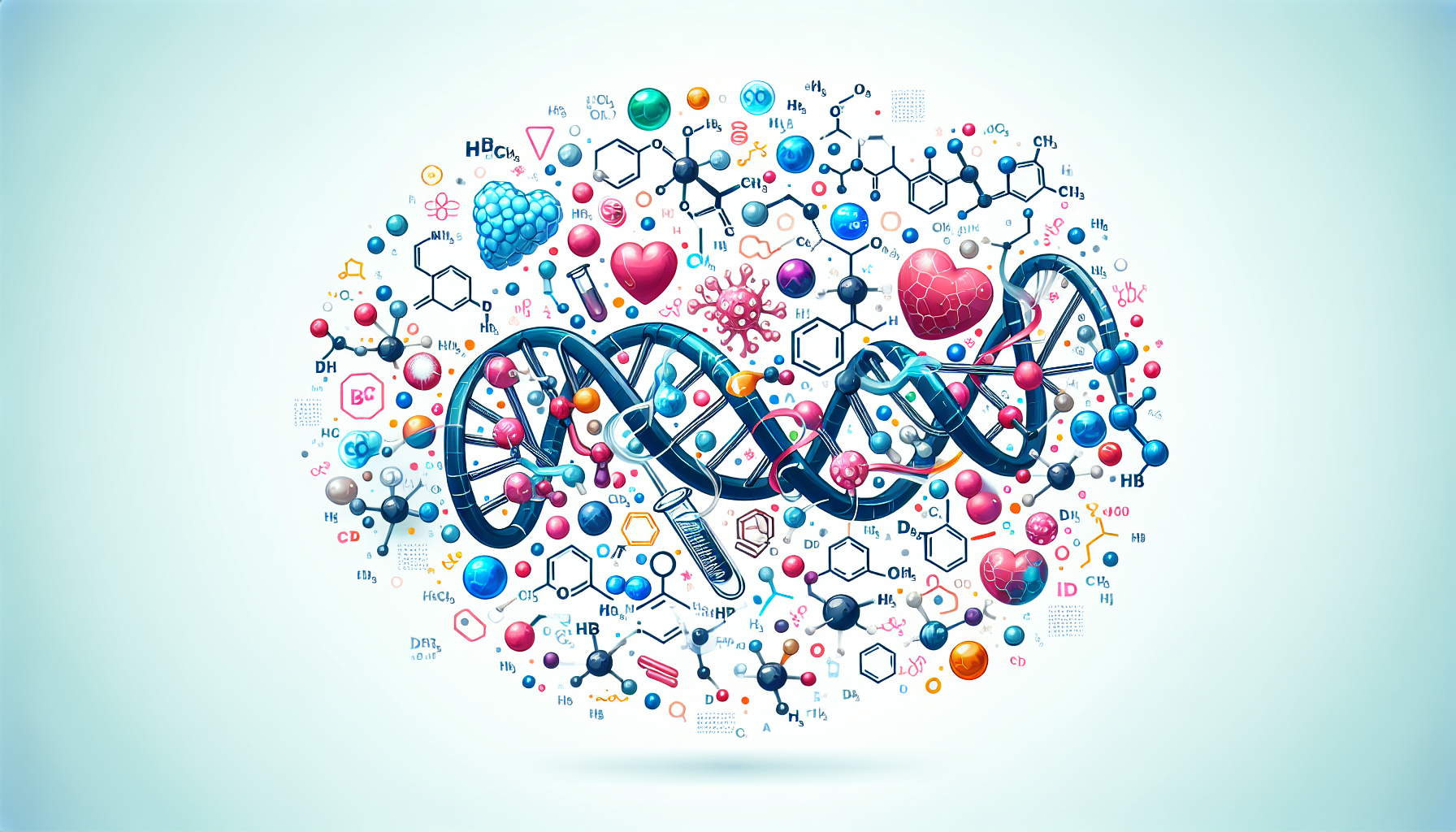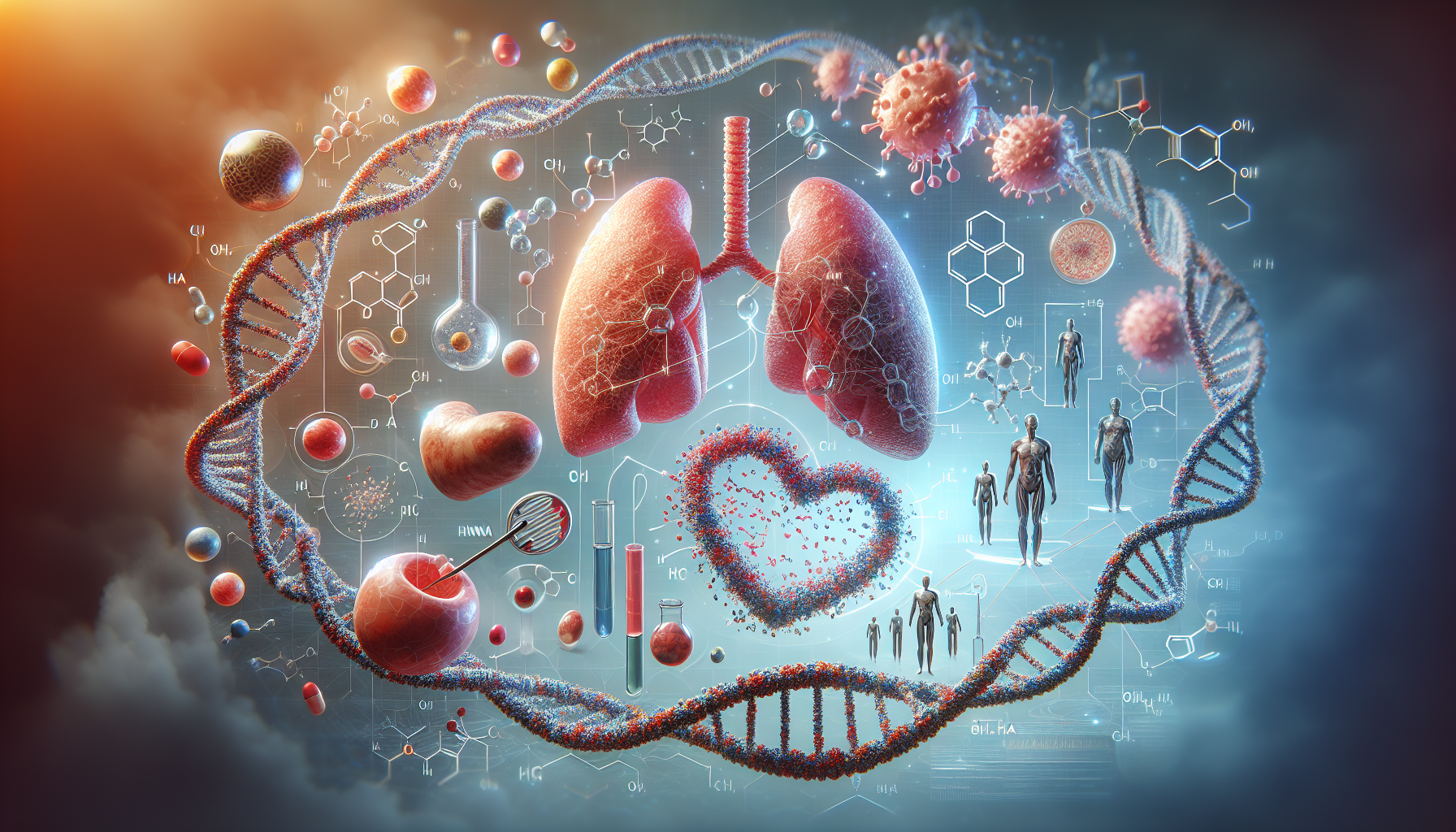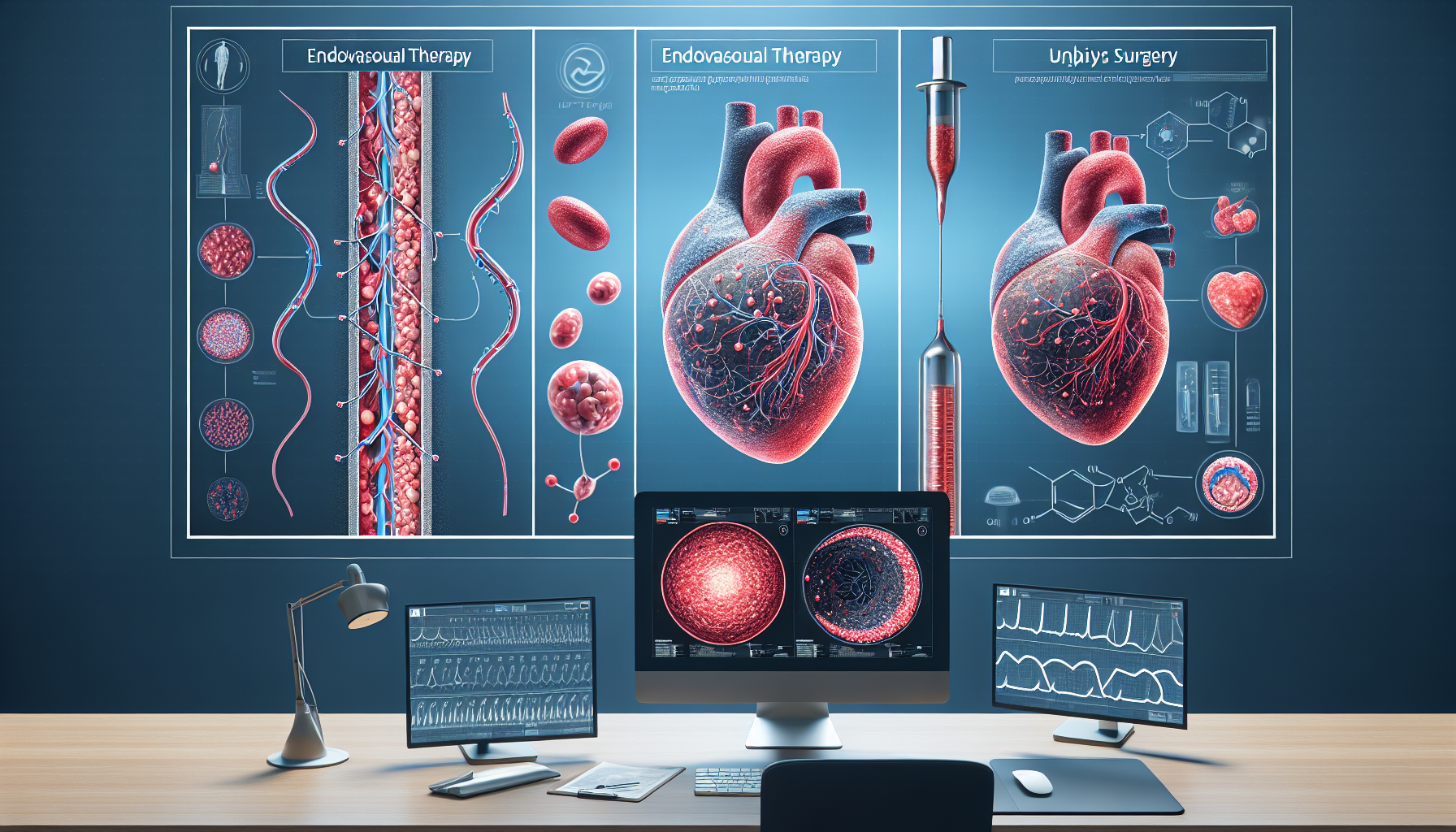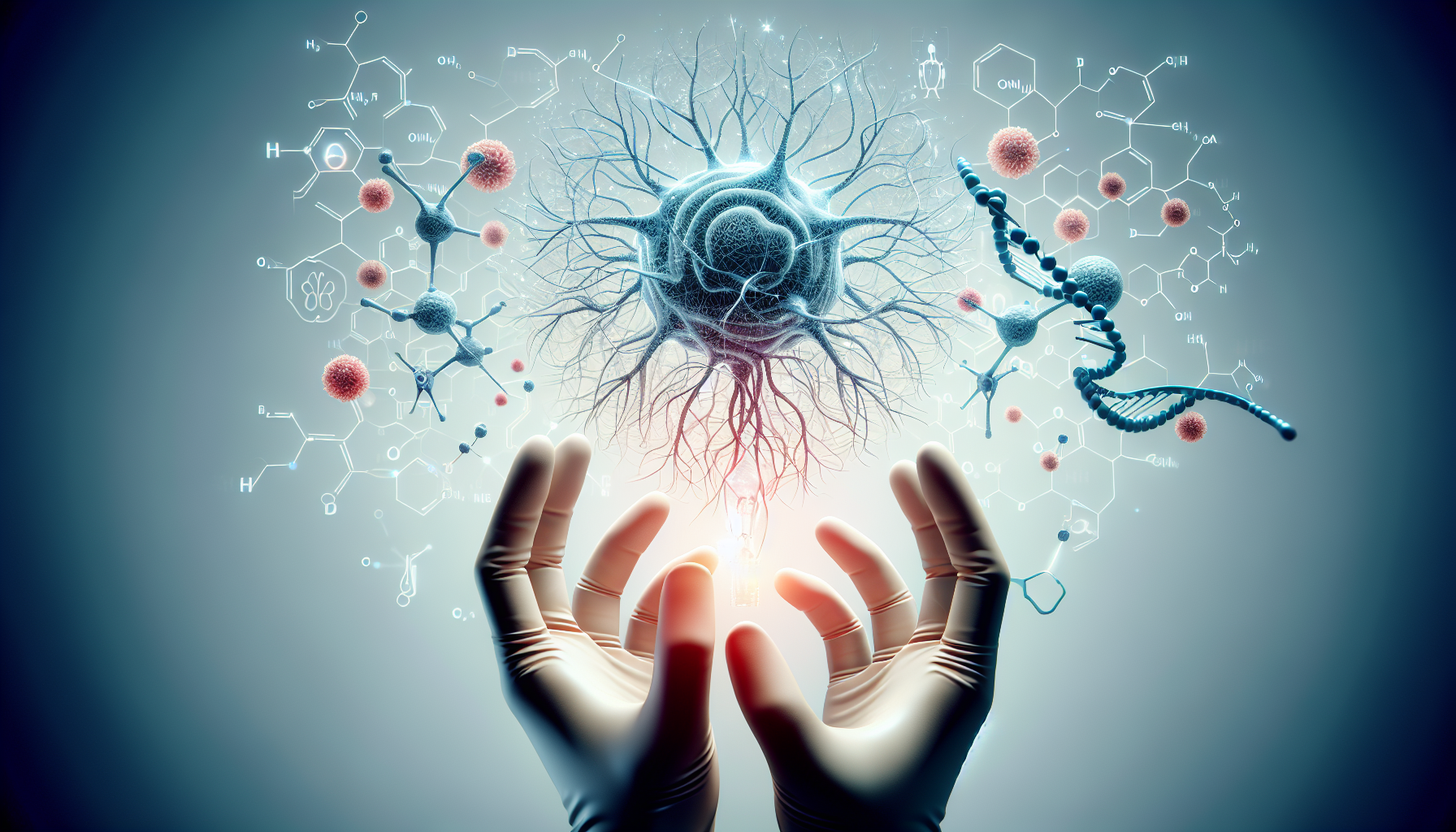New Obesity Treatment: NeuroBo Pharmaceuticals' DA-1726 Shows Promise in Early Trials
Key Takeaways
- NeuroBo Pharmaceuticals has initiated dosing in Part 2 of its Phase 1 trial for DA-1726.
- Early clinical results and financial backing indicate promising developments.
- DA-1726's dual-agonist approach may offer superior weight loss and metabolic health benefits.
Did You Know?
Introduction
NeuroBo Pharmaceuticals has recently dosed the first patient in the multiple ascending dose (MAD) Part 2 of its Phase 1 clinical trial for DA-1726. This novel treatment is being developed as a potentially groundbreaking therapy for obesity, combining glucagon-like peptide-1 receptor (GLP1R) and glucagon receptor (GCGR) activations.
What is DA-1726?
DA-1726 is an innovative drug targeting both GLP1R and GCGR receptors, which are crucial in regulating appetite and energy expenditure. By acting on these receptors, DA-1726 aims to promote weight loss through reduced appetite and increased energy burn. In pre-clinical models, it showed improved weight reduction compared to existing treatments.
Clinical Trial Phases and Expectations
The clinical trial is divided into three parts. Part 1 involved single ascending doses (SAD) and focused on safety, tolerability, and dosage optimization. Nutritional data from Part 1 are expected in the third quarter of 2024. Part 2 (MAD) started earlier than anticipated and aims to refine dosage and efficacy. Results are anticipated in early 2025.
Part 3 will further explore weight loss over 24 weeks, comparing dietary changes and maximum tolerable doses. Initial data from this phase is expected by mid-2026, with comprehensive results later that year.
Financing and Development Plans
NeuroBo's recent financing of up to $70 million, which includes $20 million upfront and milestone-based warrants, assures that the clinical trial phases will progress smoothly. This financial backing is crucial for the continued development of DA-1726.
How DA-1726 Stands Out
In pre-clinical trials, DA-1726 outperformed popular treatments like semaglutide and tirzepatide in terms of weight loss while allowing more food intake. Moreover, it preserved lean body mass, unlike survodutide, which has a similar mechanism. These advantages position DA-1726 as a potentially superior option for obesity treatment.
Focus on Safety and Efficacy
The primary endpoints for the trial are to monitor adverse events (AEs), serious adverse events (SAEs), and treatment emergent adverse events (TEAEs). Secondary endpoints involve pharmacokinetics (PK) and pharmacodynamics (PD), while exploratory endpoints examine metabolic changes, body weight, waist circumference, and body mass index (BMI).
The Role of GLP1R and GCGR
GLP1R and GCGR are vital in managing energy and food intake. GLP1R suppression reduces appetite, while GCGR activation increases energy expenditure. DA-1726 takes advantage of these mechanisms to target obesity effectively.
DA-1726 and Metabolic Health
Beyond weight loss, DA-1726 also aims to improve lipid profiles and insulin sensitivity, making it a promising candidate for tackling metabolic disorders like metabolic dysfunction-associated steatohepatitis (MASH).
Future Prospects
Upon completion of its clinical trials, DA-1726 could become a frontrunner in obesity and metabolic disorder treatments, thanks to its unique dual-agonist approach. NeuroBo Pharmaceuticals remains optimistic about its potential benefits and is committed to bringing this treatment to the market.
Final Thoughts
The early success of DA-1726 in clinical trials illustrates an exciting future for obesity treatment. With continued development and financial support, this drug could set a new standard in managing obesity and related metabolic conditions.
References
- ClinicalTrials.gov DA-1726 Phase 1 Trialhttps://www.clinicaltrials.gov/ct2/show/NCT06252220
- NeuroBo Pharmaceuticals Official Websitehttps://www.neurobopharma.com/
- American Diabetes Association Scientific Sessions 2024https://professional.diabetes.org/scientific-sessions





